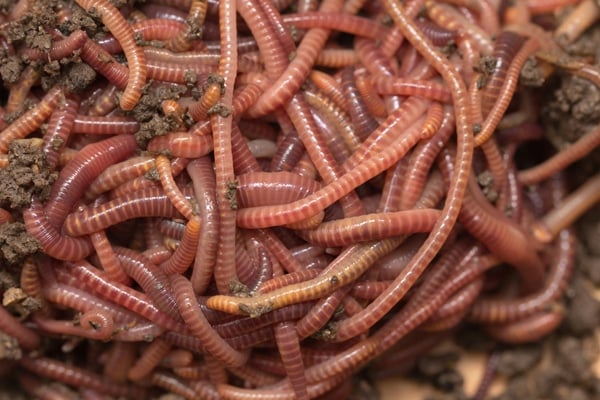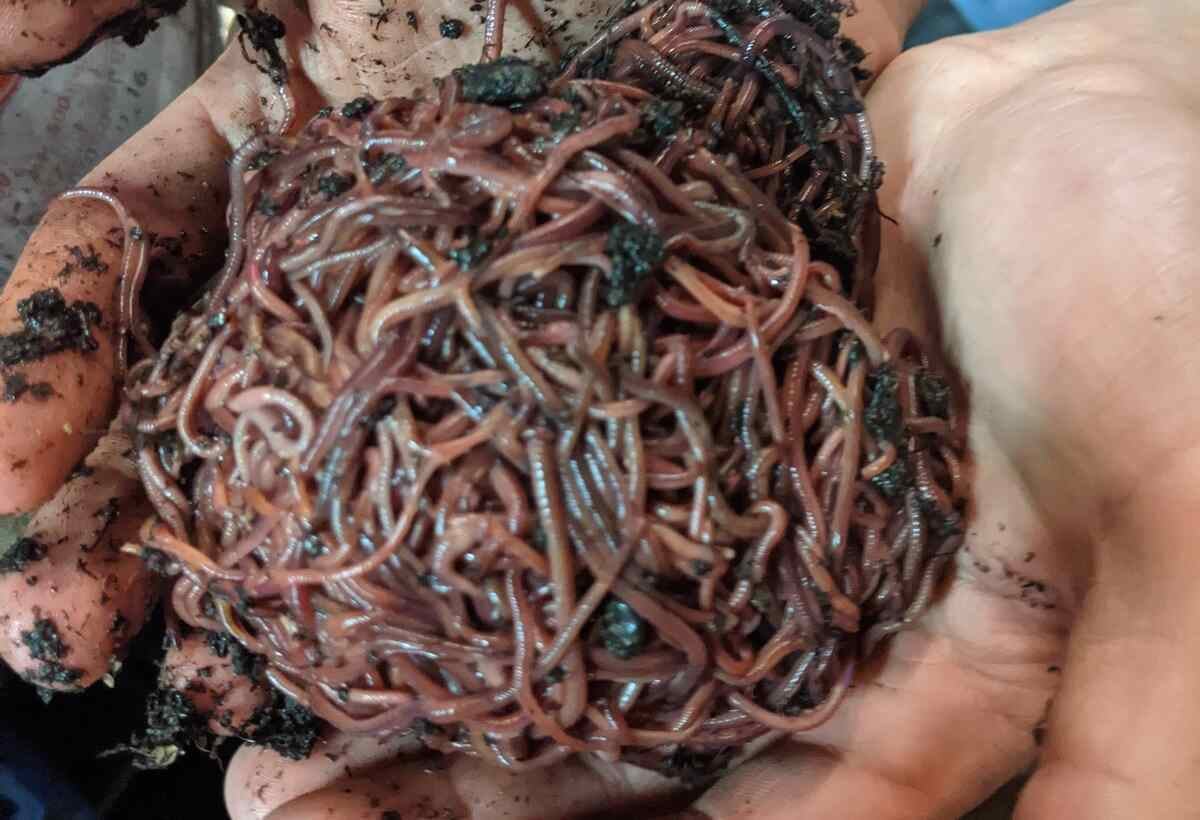Unlock the Secrets of Red Wigglers: Your Guide to Composting Success
The integration of red wigglers right into composting methods presents a substantial chance for enhancing dirt health and wellness and promoting sustainability. Recognizing their requirements and behaviors is critical for enhancing their potential, from establishing up a suitable worm bin to feeding them the ideal materials.

What Are Red Wigglers?
(Red Wiggler Express)Red wigglers, medically referred to as Eisenia fetida, are a species of earthworm mostly utilized in composting as a result of their remarkable capability to decay natural issue effectively. These worms are characterized by their reddish-brown pigmentation and a fractional body, normally measuring in between 3 to 4 inches in size. Unlike other earthworm varieties, red wigglers flourish in abundant, organic atmospheres, making them ideal for vermicomposting systems.
Belonging To The United States And copyright, they are typically found in rotting fallen leaves and compost stacks, where they play a crucial function in nutrient recycling. Their adjustment to living in a damp, cardio environment enables them to eat large quantities of natural waste, damaging it down into nutrient-rich castings that improve dirt health.
Red wigglers replicate swiftly, with a solitary worm qualified of generating numerous cocoons each week, each containing multiple hatchlings. Understanding the biology and behavior of red wigglers is important for maximizing their potential in composting applications.
Benefits of Using Red Wigglers
Utilizing the power of red wigglers in composting provides various benefits that enhance soil health and advertise lasting waste monitoring. These impressive microorganisms effectively break down raw material, changing cooking area scraps and lawn waste into nutrient-rich vermicompost. This finished product is exceptionally beneficial for plant development, as it boosts soil structure, increases wetness retention, and improves nutrient availability.

(Red Wiggler Express)In addition, the existence of red wigglers in your composting system can speed up the composting process, producing high-quality garden compost in a fraction of the moment compared to traditional approaches. The castings generated by these worms are likewise teeming with valuable bacteria that further enhance the soil ecological community.
Establishing Your Worm Container
Creating a reliable worm bin is an uncomplicated process that can dramatically enhance your composting initiatives. The very first step is selecting an appropriate container. Worm containers can be made from plastic storage containers, wooden boxes, or commercially readily available worm bins. Make sure the bin has appropriate water drainage and ventilation openings to keep optimal wetness degrees and airflow.
Following, prepare the bedding material, which acts as the worms' habitat. A mix of shredded newspaper, cardboard, and coconut coir works well, supplying a comfortable atmosphere for the worms. Purpose for a bedding depth of regarding 4-6 inches. Dampen the bed linens gently, ensuring it resembles a moist sponge without excess water pooling near the bottom.

Feeding Your Red Wigglers
To guarantee the health and performance of your red wigglers, it is necessary to offer them with a balanced diet regimen that meets their dietary requirements. Red wigglers thrive on a varied range of natural materials, which not just supply necessary nutrients however also advertise efficient composting.
Beginning by integrating cooking area scraps such as vegetable peels, fruit cores, and coffee premises. Prevent citrus fruits, onions, and garlic, as these can be detrimental to worm health and wellness. Additionally, present shredded paper, cardboard, and dry leaves to create a well-aerated environment.
Feeding regularity should be kept an eye on; generally, worms can take in half their body weight in food weekly. It is essential to prevent overfeeding, as excess food can lead to unpleasant smells and attract bugs. An excellent practice is to include food in percentages, permitting worms to refine it before presenting extra.
Preserving dampness degrees is also crucial; the bed linens should be moist yet not soggy. Finally, make sure to routinely inspect the temperature level and pH degrees of the bin to guarantee an optimum environment for your red wigglers, ultimately improving their composting effectiveness.
Harvesting and Utilizing Compost
An effective composting procedure with red wigglers culminates in the rich, dark compost called vermicompost, which can considerably enhance dirt wellness and plant development. Collecting this nutrient-dense product generally occurs every three to 6 months, depending upon the dimension of your system and image source the quantity of raw material being refined.
To gather, carefully different the compost from the worms and any undecomposed products. One efficient technique includes moving the contents of the container to one side and including fresh bed linen and food to the empty space, urging the worms to migrate. After a couple of days, the compost can be collected from the contrary side.
It is vital to make use of vermicompost properly to optimize its advantages. By integrating vermicompost right into your horticulture program, you not just recycle organic waste yet also produce a growing community that supports lasting horticulture practices.
Final Thought
In summary, red wigglers serve as remarkable allies in composting efforts, transforming organic waste into nutrient-rich vermicompost. By understanding the optimum problems for their environment, feeding needs, and garden compost harvesting methods, gardeners can improve soil health and advertise plant vigor.